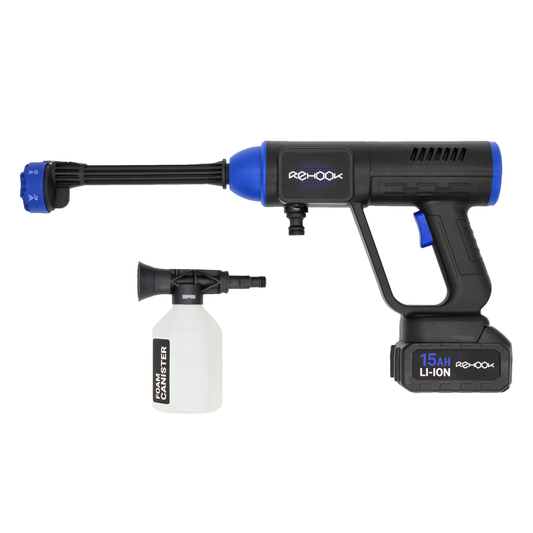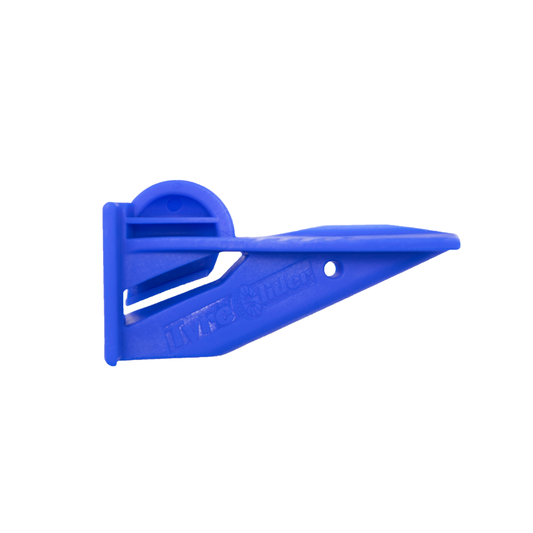tuhth
noun
A slang term used to refer to a cyclist who is too slow
Example usage: He's been lagging behind all day, what a tooth!
Most used in: North America
Most used by: Serious competitive cyclists
Popularity: 8/10
Comedy Value: 7/10
Also see: Chainring, Cog, Sprocket, Chainwheel,
What is the Definition of 'Tooth' in Cycling?
In the context of cycling, “tooth” refers to the number of sprockets on the cassette of a bicycle. The cassette is the cluster of cogs, or sprockets, located on the rear wheel of a bicycle. The number of teeth on the cassette determines the gear ratio of the bicycle, which affects the speed and effort needed to ride.
The cassette is available in a variety of sizes, ranging from 11 to 12 sprockets, with the most common being 11. The smallest sprocket on the cassette is called the “granny gear” and typically has the fewest teeth. The largest sprocket is the “big ring” and typically has the most teeth. The number of teeth on each sprocket is expressed in “t”, with the largest sprocket having the most teeth.
The number of teeth on the cassette has a direct effect on the gearing of the bicycle. The more teeth a sprocket has, the easier it is to pedal. However, the fewer teeth a sprocket has, the faster the rider can go. Therefore, the size of the teeth on the cassette is an important consideration when selecting a bicycle for a particular type of riding.
Statistics show that the most popular cassette sizes among cyclists are 11-25t, 11-28t, and 11-32t. These sizes provide a good range of gears for most types of riding. For example, the 11-25t cassette is suitable for flat terrain, while the 11-32t cassette is ideal for hilly terrain.
In summary, “tooth” is the term used to describe the number of sprockets on a bicycle’s cassette. The size of the teeth on the cassette affects the gear ratio of the bicycle, which in turn affects the speed and effort needed to ride. Statistics show that 11-25t, 11-28t, and 11-32t are the most popular cassette sizes among cyclists.
.The Origin of the Term 'Tooth' in Cycling
The term 'tooth' in cycling is used to denote the number of teeth on a chainring or cog. It is derived from the French word 'dent,' which translates to 'tooth.' The term was first used in the late 19th century in France, where the new sport of cycling was gaining popularity.
It is believed that the term was first used by bicycle mechanics in France to refer to the number of teeth on the chainrings. This was a convenient way to refer to the number of teeth without having to count them each time. The term soon spread to other countries and is now used worldwide.
Today, the term 'tooth' is used to describe the number of teeth on a chainring or cog. It is a useful and commonly used term for cyclists and mechanics alike.












